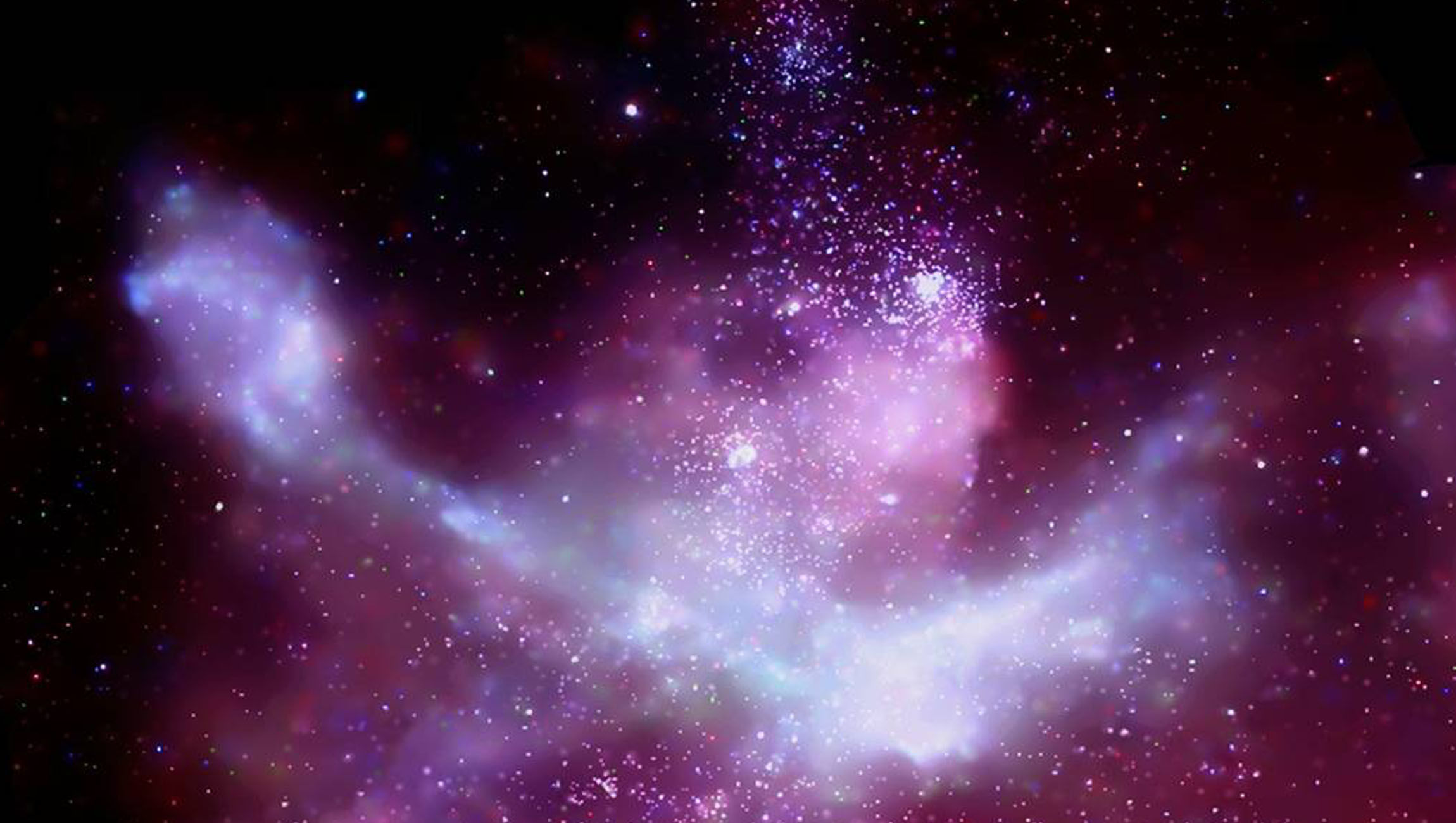Create a free profile to get unlimited access to exclusive videos, sweepstakes, and more!
Just when we thought we found the oldest stuff on Earth, there’s... weirder stuff

The new year has already started off with some unfathomably old pieces of the solar system surfacing from a meteorite, but the discoveries didn’t end there.
Meteorites have brought some incredible relics to our planet. Think presolar grains — interstellar material that existed even before the sun came into being. The recent boom in presolar discoveries could be happening because scientists have developed new ways to identify such materials. Now physicist Olga Pravditseva and her research team are looking far into the past of a strange rock formation that has started speaking to us from billions and billions of years ago.
What Pravditseva, a research associate professor of physics at Washington University in St. Louis, found in Mexico’s Allende meteorite was a strange piece of rock later named Curious Marie (after Marie Curie). Curious Marie is a calcium-aluminum-rich inclusion (CAI) — one of the first solids ever to condense in the nascent solar nebula — whose formation was unlike that of the rest of the meteorite. Like the presolar grains found in Australia’s Murchison Meteorite, those embedded in Curious Marie are silicon carbide (SiC).
“What is surprising is the fact that presolar grains are present,” said Pravditseva, who recently published a study in Nature Astronomy. “The fact that SiC was not completely destroyed in Curious Marie can help us to understand this environment a little bit better.”
CAIs, which look like whitish flecks on the Allende meteorite (above), are helping put an age on the solar system. Presolar grains hiding in the CAIs of the Murchison Meteorite are a staggering 7 billion years old. The thing is that not all of them form the same way. Silicon carbide that made it through the solar system’s emergence is still an anomaly, because even the toughest silicon carbide was previously believed not to have survived the searing temperatures of the early solar system before it was actually “solar.”
To prove that SiC actually had been able to handle the heat, Pravditseva, along with colleague Sachiko Amari and their team, used noble gas isotopes to identify them. While the noble gas used to find SiC in the Murchison meteorite was neon, four different noble gases were measured escaping Curious Marie as they went through 17 painstaking increments of heating up the rock to release those gases, whose isotopic signatures were then investigated. It was worth it when all of them revealed SiC.
“Not only do we see SiC in the fine-grained CAIs, we see a population of small grains that formed at special conditions,” Pravditseva explained. “This finding forces us to revise how we see the conditions in the early solar nebula.”
So maybe we can’t just power up a time machine to see the exact conditions under which these particles formed, but demystifying the secrets of beyond-ancient stardust comes close.


























